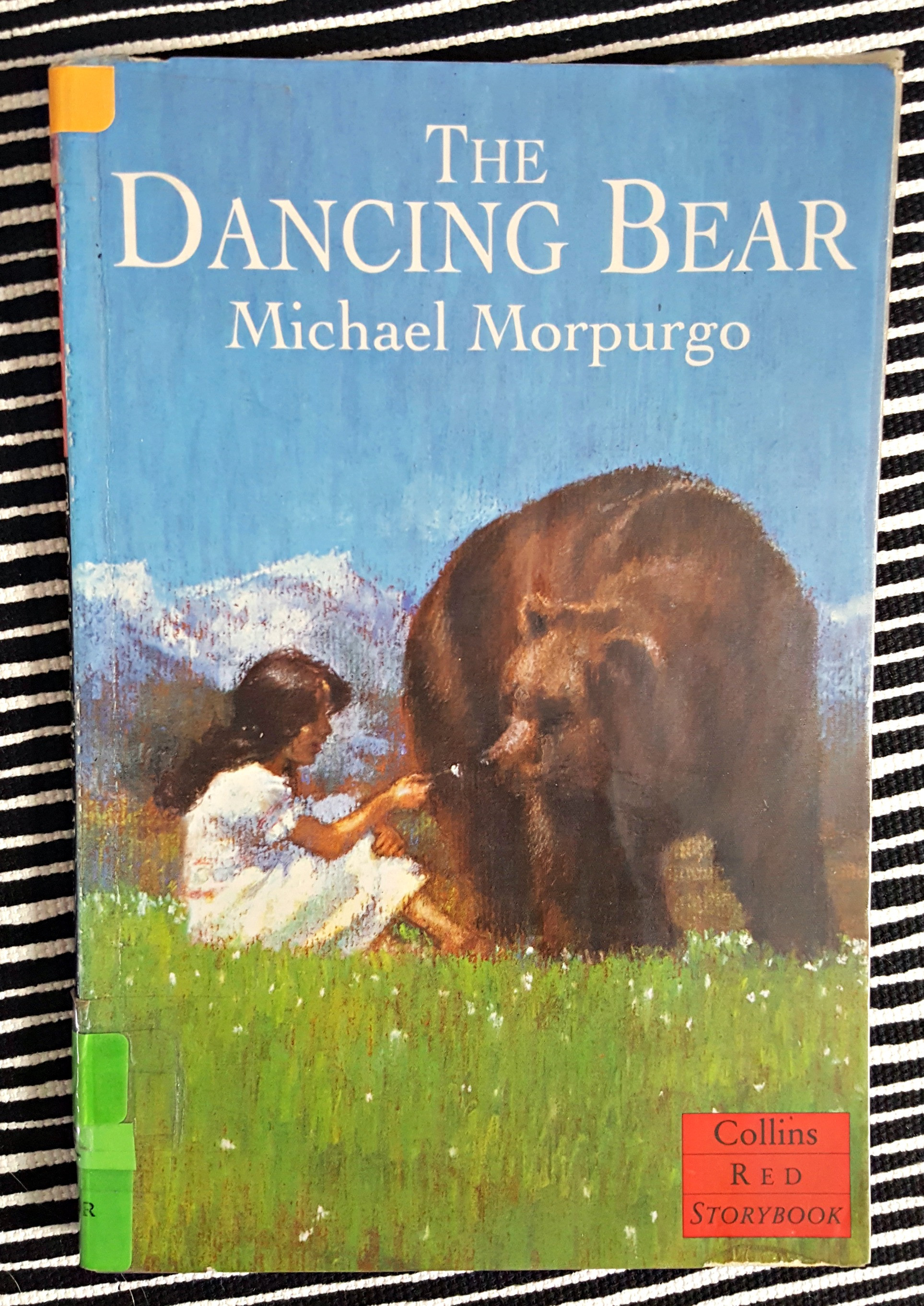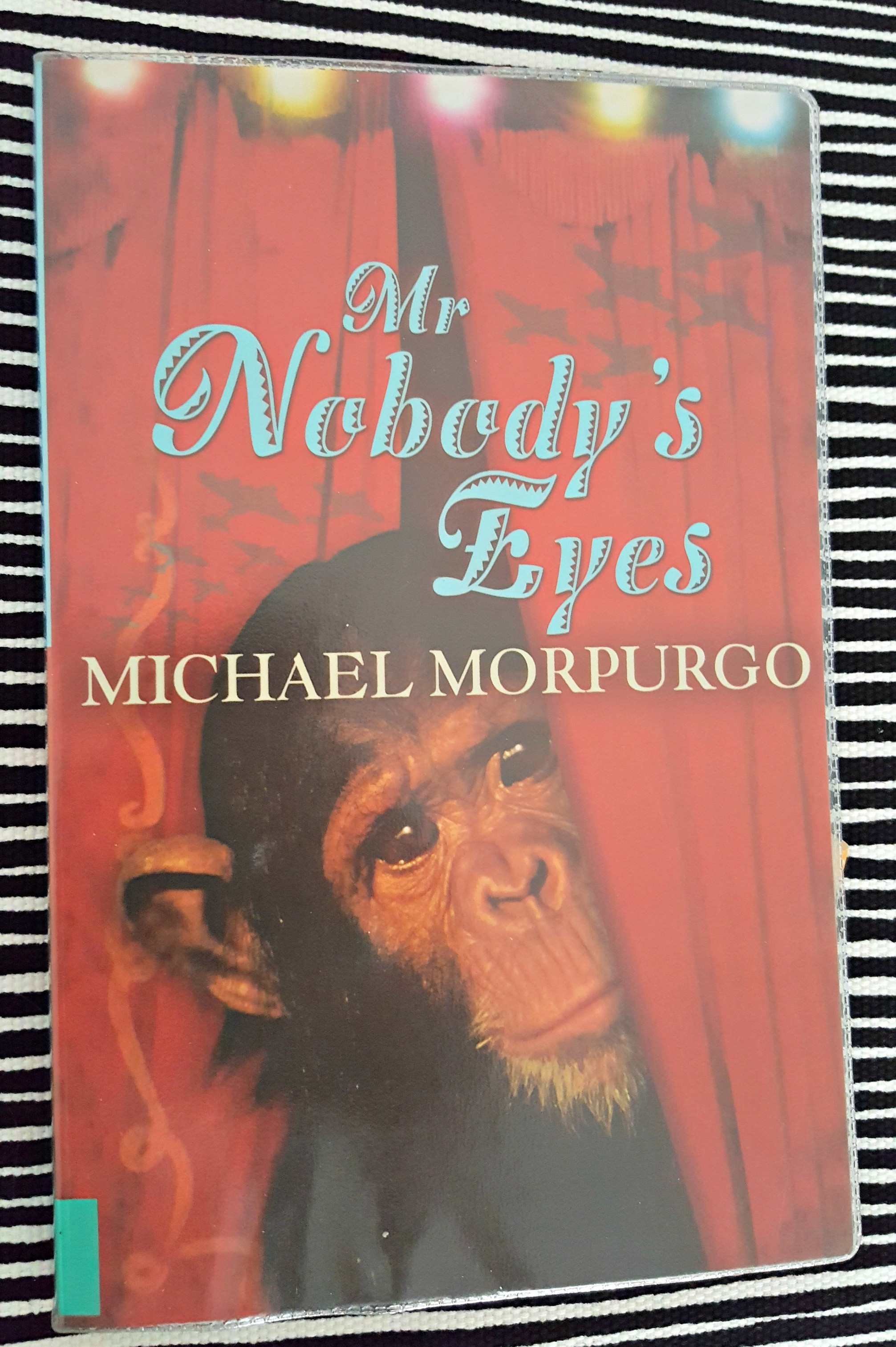Yesterday, while catching up on BBC news, a fleeting segment about dancing bears flickered across the screen. Like many, my immediate reaction was to switch channels, a common response to the often distressing topic of animal suffering. However, before I could reach for the remote, the calm and assured voice of Dr. Amir Khalil resonated, drawing me back in. Dr. Khalil, a veterinarian from the charity Four Paws, spoke passionately about establishing bear sanctuaries in Bulgaria, a beacon of hope signaling the end of animal cruelty. This brief report served as a powerful reminder that positive change is possible, even in the face of deeply entrenched issues like the exploitation of dancing bears.
Intrigued and moved by Dr. Khalil’s words, I turned to my bookshelf after the news segment concluded and picked up Michael Morpurgo’s The Dancing Bear. This book, part of the Collins Young Lions series aimed at confident young readers (Grades 3-5), is one I often recommend. Morpurgo’s name usually guarantees a compelling and thoughtful read. However, revisiting it now, particularly in the context of the real plight of dancing bears, brought a more critical perspective to the forefront.
The story centers around Roxanne, a young orphan girl who discovers a bear cub. Her miserly grandfather, seeing a potential for profit, agrees to keep the cub, named Bruno, only after realizing its financial potential. Roxanne and Bruno develop a close bond. However, an incident where Bruno playfully swipes at a child leads to public outcry. Villagers demand Bruno be caged, but Roxanne pleads to keep him, promising to ensure he never hurts anyone again.
A cage is erected in the village square, and Roxanne’s grandfather, ever the opportunist, puts up a sign:
Bruno European Bear Help Save Threatened Species Donations in the box please.
This spectacle attracts the attention of a film crew. They are shooting a music video for the singer ‘Niki’, who specifically wants a dancing bear for his remake of the Pied Piper. Niki inquires if Bruno can dance.
“Oh, he’ll dance all right,” said Roxanne’s grandfather, rubbing his hands. “That bear can do anything you ask, can’t he, Roxanne?” Roxanne said nothing. Her silence, however, spoke volumes, her eyes blazing with unspoken anger.
Here, the narrative takes an unexpected turn. The entire village gets swept up in the music video frenzy. Roxanne, it turns out, has a beautiful singing voice, and Bruno, inexplicably, responds to her singing with a ‘little jig’. The film crew and villagers are delighted, and Niki, impressed by Roxanne, whisks her away with the promise of a number 1 single. And Bruno? Bruno’s story ends abruptly. He dies in his cage. Alone. The cause is left ambiguous – grief, starvation, neglect, or perhaps envy at not achieving pop star status himself. Morpurgo offers no further details. The book concludes with the narrator’s anticlimactic reflection on a hat that doesn’t fit. The hat. The focus shifts entirely from Bruno’s tragic fate to a trivial detail.
This abrupt ending leaves much to be desired. Even with a vivid imagination and literary understanding, the meaning behind this conclusion remains elusive. What is Morpurgo trying to convey? The inevitability of change? The futility of resisting progress? Or simply, the disappointing reality that sometimes, things just don’t fit?
While The Dancing Bear receives glowing reviews and is frequently used in classrooms, it feels profoundly unsatisfying. A mere sentence or two explaining Niki’s motivation for wanting a dancing bear, or a character voicing concern about Bruno’s confinement, could have sparked crucial conversations about dancing bears and the ethics of keeping endangered species as pets. Instead, a child reading this book might easily conclude that bears enjoy dancing to music and that caging a wild animal is acceptable as long as it’s done with ‘love’. This interpretation completely misses the painful reality behind the concept of a “Dancing Bear Full” of suffering and exploitation.
 The Dancing Bear by Michael Morpurgo
The Dancing Bear by Michael Morpurgo
Using The Dancing Bear Responsibly in the Classroom
If The Dancing Bear is part of your curriculum, it’s crucial to consider the work of Dr. Amir Khalil and organizations like Four Paws. Supplementing the book with resources that explain the cruelty inherent in the traditional practice of training dancing bears is essential. Even a short video (just one minute long) can effectively illustrate why dancing bears are a symbol of animal abuse and why their existence is fundamentally wrong. This will provide a more balanced and truthful “dancing bear full” picture for young readers.
Another Michael Morpurgo novel, Mr Nobody’s Eyes, also presents challenges in terms of character development and animal representation.
 Mr Nobody’s Eyes by Michael Morpurgo
Mr Nobody’s Eyes by Michael Morpurgo
Mr Nobody’s Eyes tells the story of young Harry Hawkins, overwhelmed by personal turmoil following his father’s death and his mother’s remarriage. Harry finds solace in a bombed-out cellar and companionship with an old circus clown and Ocky, a trained chimpanzee. When Ocky escapes, Harry takes her in. Their adventure leads them to the seaside, where Harry’s stepfather, depicted as a genuinely good character, rescues Ocky from drowning. After Ocky is happily reunited with the clown, Harry resolves to improve his behavior.
Here is a quote from the Kirkus review:
Young Harry Hawkins–overwhelmed by misery and self-pity–runs away from his postwar London home with a chimpanzee as company. Harry’s pillars of stability are crashing: his father is dead in the war; his mother has remarried and (to Harry’s disgust) given birth to baby George; and Harry’s often in trouble at school. The “”den”” he’s built in the cellar of a bombed-out house is his only refuge; his only friends are an old circus clown (Signor Blondini) and Ocky (a trained chimp). When Harry finds Ocky running loose, he coaxes her into his den; subsequently flushed out, the pair escape pursuit by jumping a train for the seaside. In a climactic scene, Harry’s stepfather (who is really a brick, would Harry but see) appears on the beach in time to rescue Ocky from drowning. After a happy reunion between chimp and clown, Harry decides to turn over a new leaf. The characters here (even, disappointingly, Ocky) are drawn with traditional British understatement–it will take a discerning reader to appreciate the mild humor–but the plot is well-knit; and several scenes, especially Harry’s sojourn with gypsies camped near a field of war-surplus tanks, are startlingly vivid. Another unusual, well-told story by the author of King of the Cloud Forests.
The review accurately points out a crucial flaw: Ocky, the chimpanzee, is underdeveloped as a character. This lack of depth, coupled with the book’s title and cover suggesting Mr. Nobody is the chimpanzee, weakens the story. Including an author’s note about circus animals or the endangered status of chimpanzees could have provided an opportunity for deeper reflection on Ocky’s character and situation. While classroom discussions can address these issues, a surface reading might lead children to believe that chimpanzees are primarily valued as performers and that returning Ocky to the circus is a positive resolution. This perspective overlooks the ethical concerns surrounding keeping primates in captivity for entertainment.
Using Mr Nobody’s Eyes to Explore Habitats and Homes
When using Mr Nobody’s Eyes in the classroom, consider linking it to units on habitats, homes, and families. Encourage students to explore what makes a place ‘home’. Harry’s home environment is disrupted by war and family changes. Mr. Nobody ran away to join the circus at a young age. What about Ocky? What would her natural habitat be outside the circus? Do chimpanzees live in family units similar to humans? Exploring these questions through inquiry-based learning can enrich character understanding and encourage critical thinking about how animals, especially endangered species, are used for human entertainment. This approach helps students move beyond a simplistic view and consider the “dancing bear full” implications for animals in entertainment, even when chimpanzees are not literally “dancing bears”.
